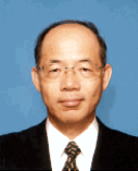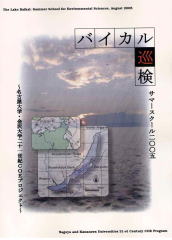Carcinogenic and endocrine disrupting
chemicals
in the Pan-Japan Sea area
Kazuichi
Hayakawa, Ph. D., Professor |
 |
A number of carcinogenic polycyclic aromatic hydrocarbons (PAHs) such as benzo[a]pyrene and nitropolycyclic aromatic hydrocarbons (NPAHs) such as dinitropyrene (DNP) are included in automobile exhaust, tobacco smoke and heavy oil. We developed a sensitive determination method for these compounds by using HPLC with chemiluminescence detection, and found that the main contributor was diesel-engine automobiles in Japanese major cities and that 1,3-, 1,6-, 1,8-DNPs and 1-nitropyrene showed a large contribution to the atmospheric direct-acting mutagenicity. Recently we have found that some of PAHs and their hydroxylated derivatives showed endocrine disrupting activities. This finding has attracted much attention.
In the meantime, Japan and the countries which locate in the opposite shore of the Japan Sea, China, North Korea, Korea and Russia, are developing rapidly in industry and economy with remarkable innovations. With the activities of these countries supported by the large consumption of fossil fuel such as coal and oil, combustion particulates containing PAHs and NPAHs are exhausted. These pollutants, being combined with the natural materials such as yellow sands, seem to cause the environmental variation of recent global scale.
The research goals are development of sensitive analytical methods, understanding of contributors and environmental dynamics in the Pan-Japan Sea area, clarification of toxicity-expressing mechanisms and risk assessment of the above carcinogenic and endocrine disrupting chemicals.



